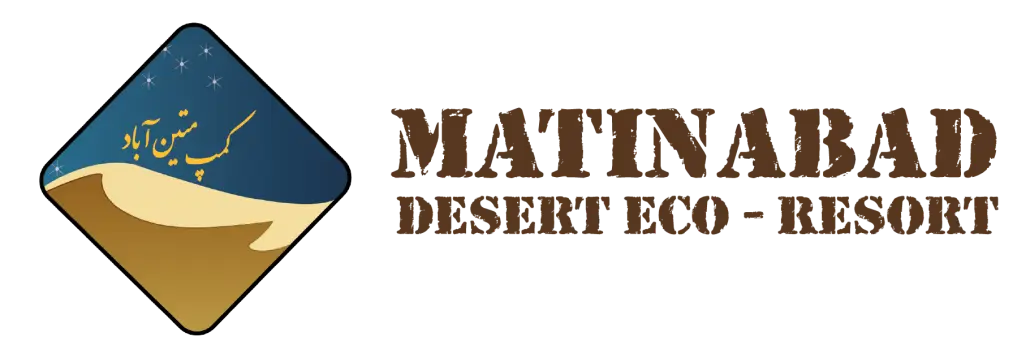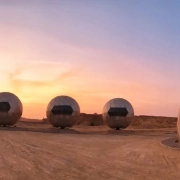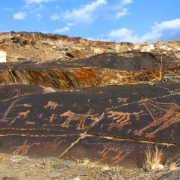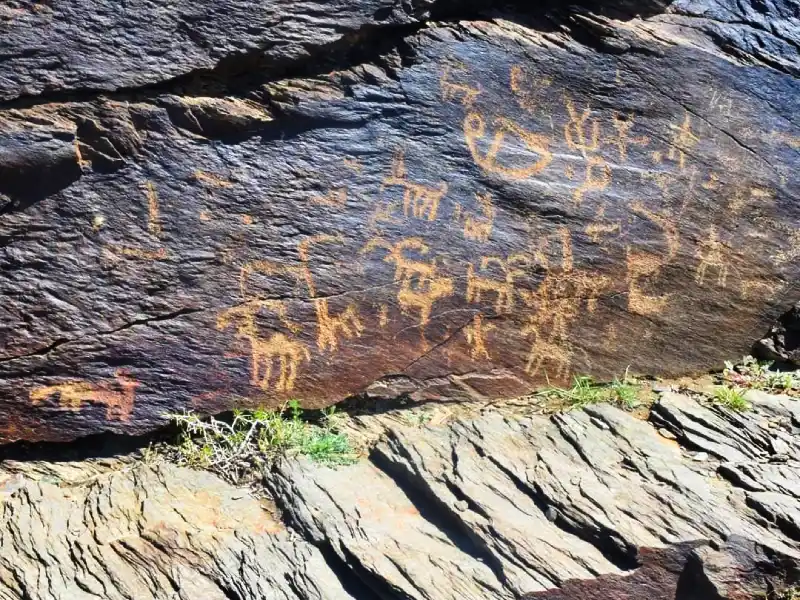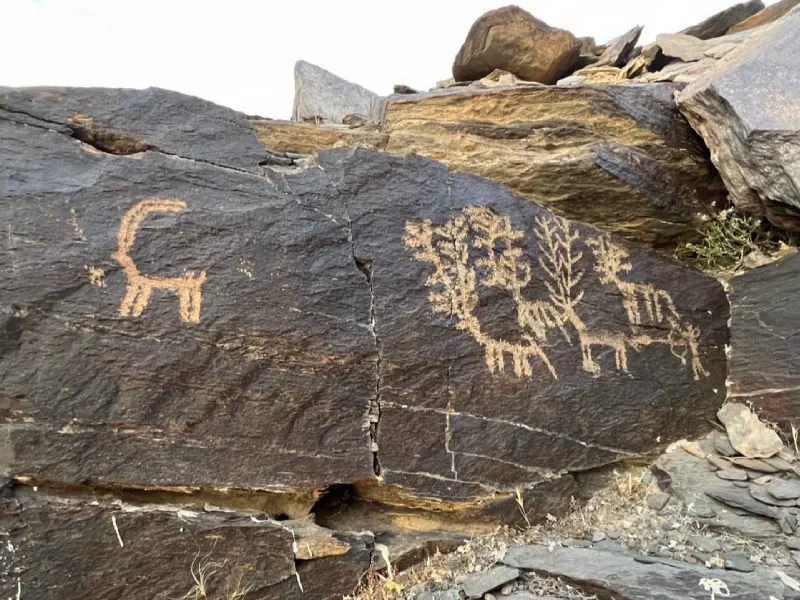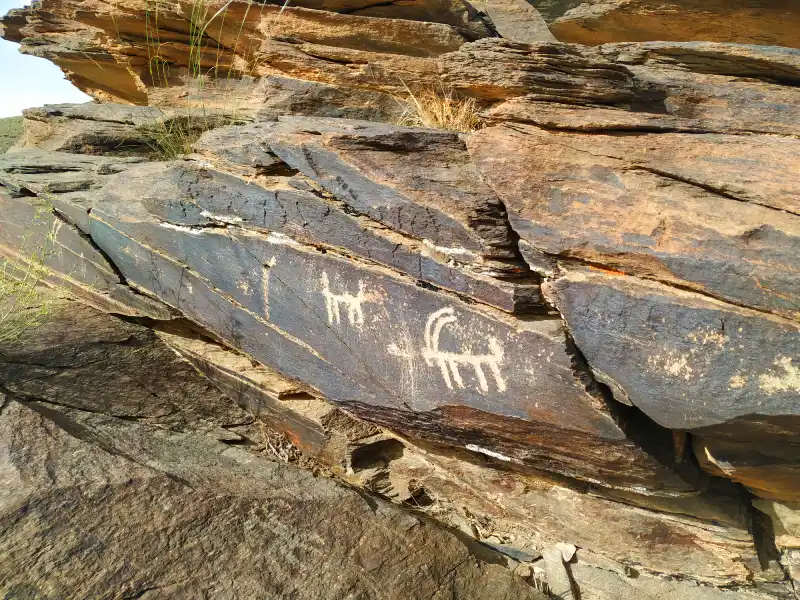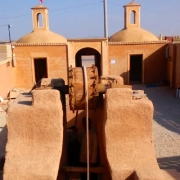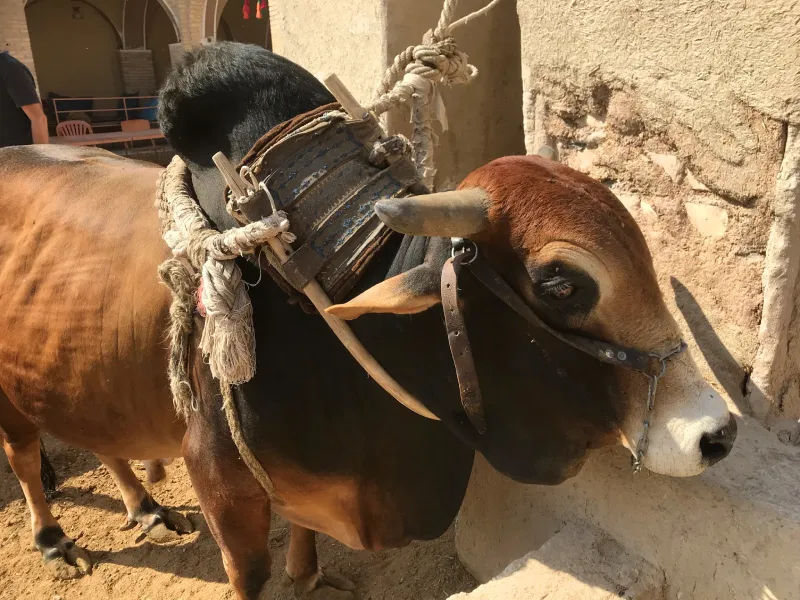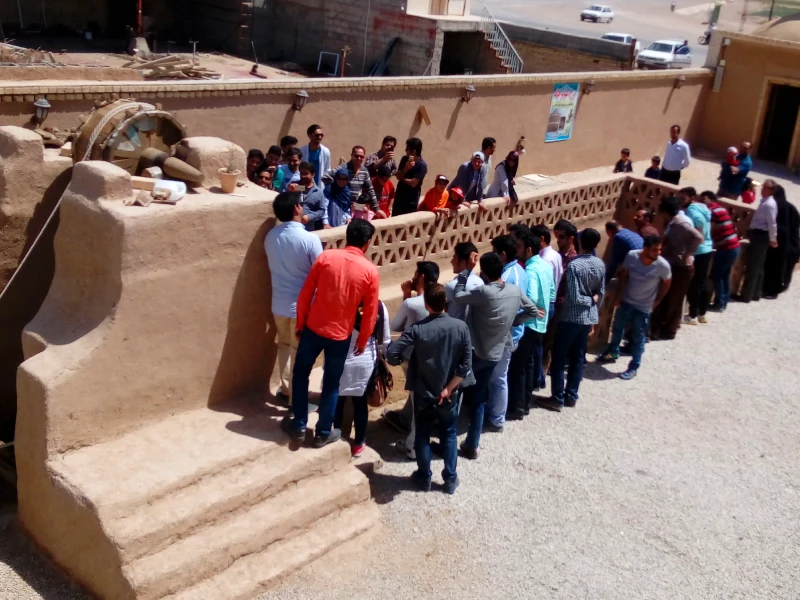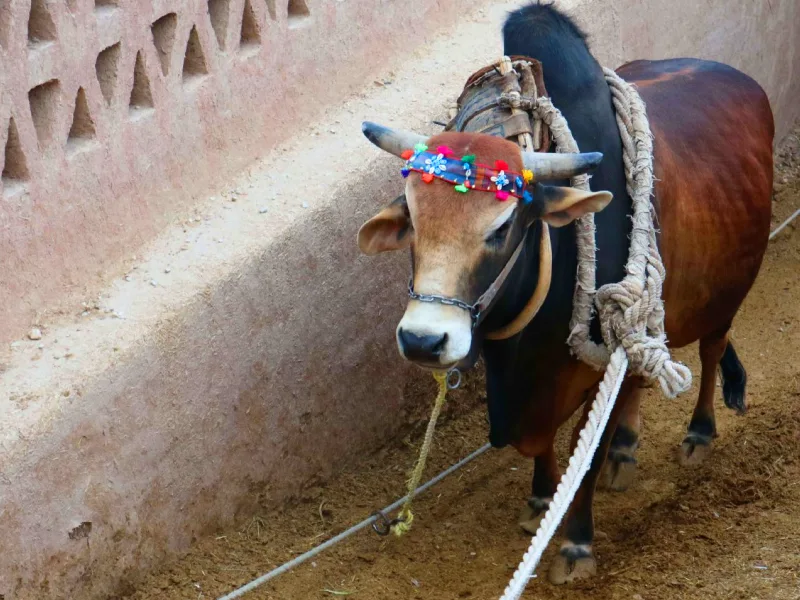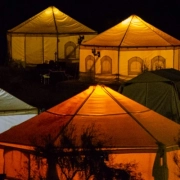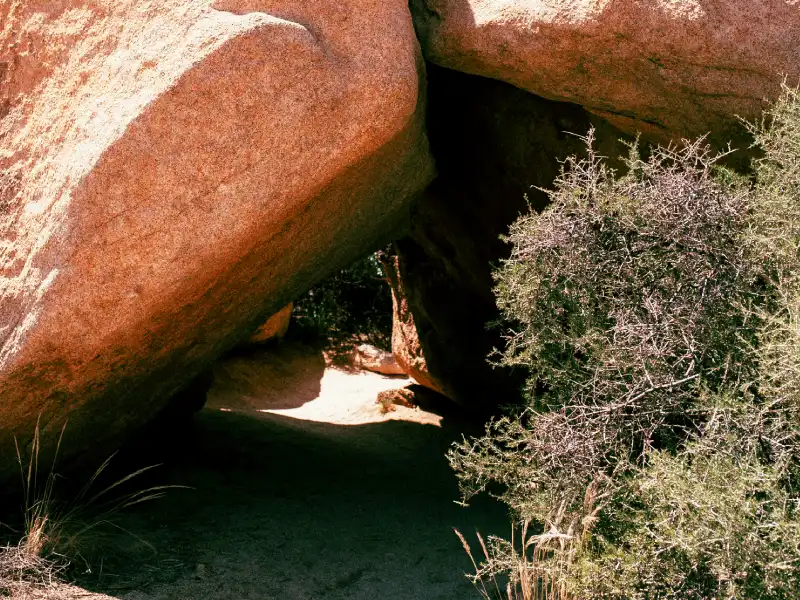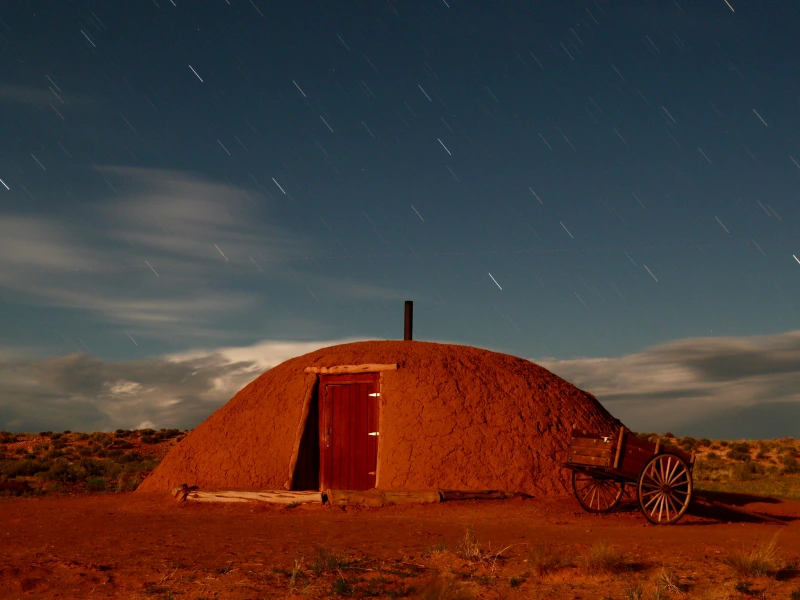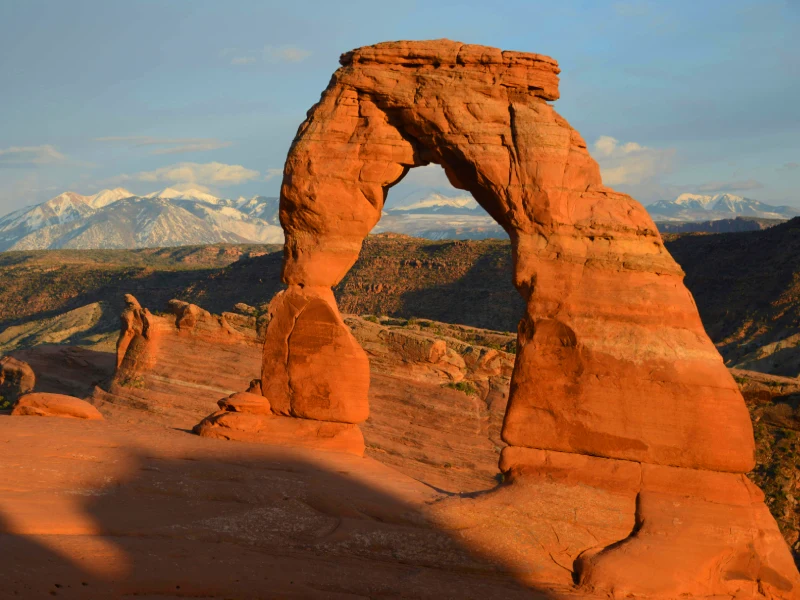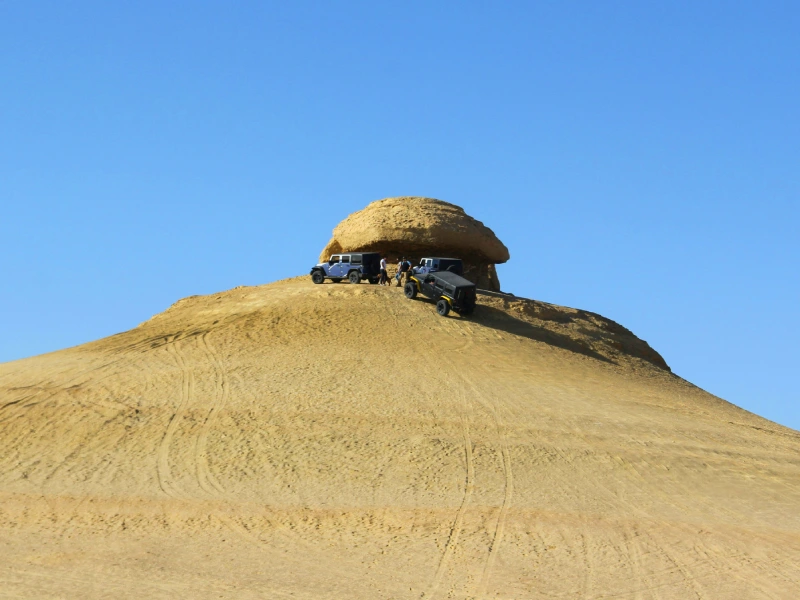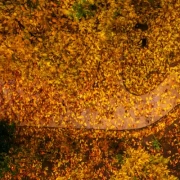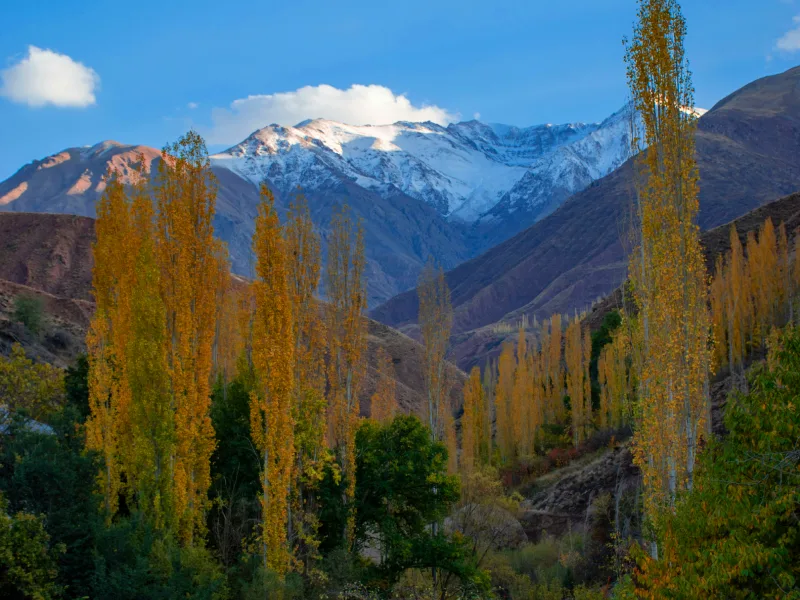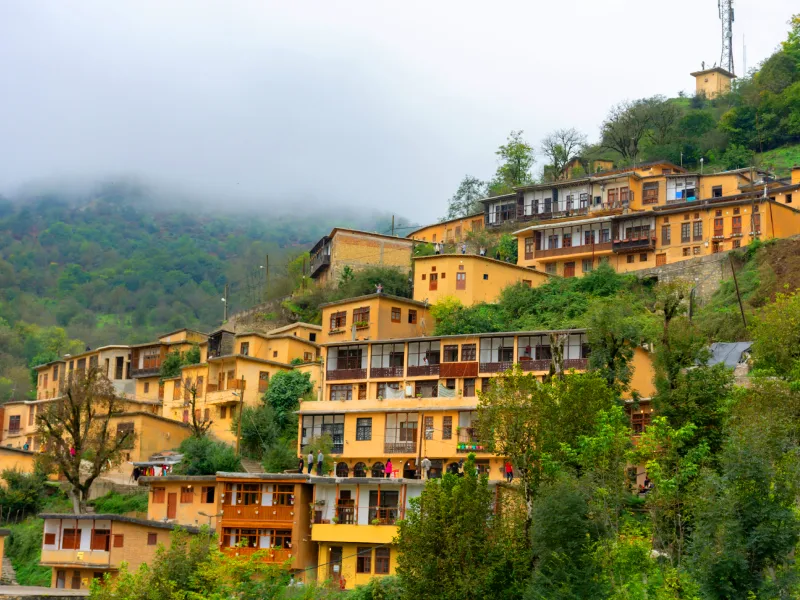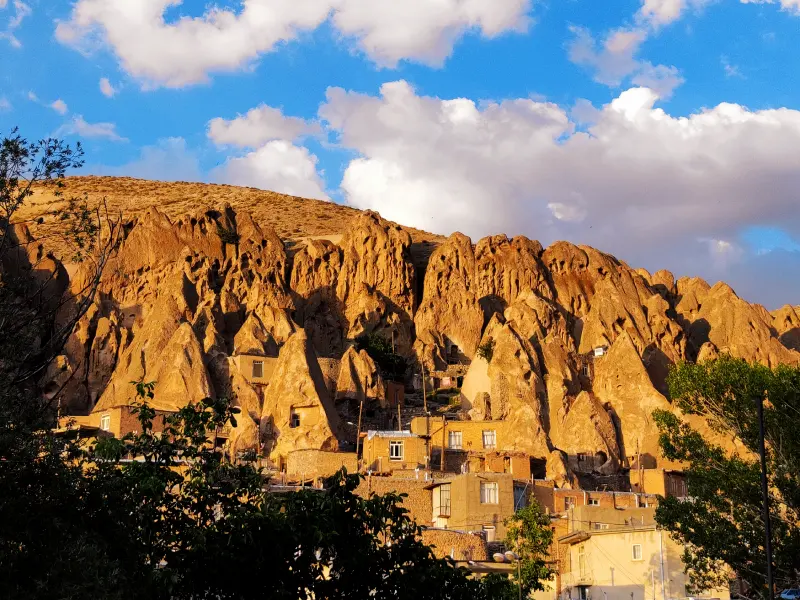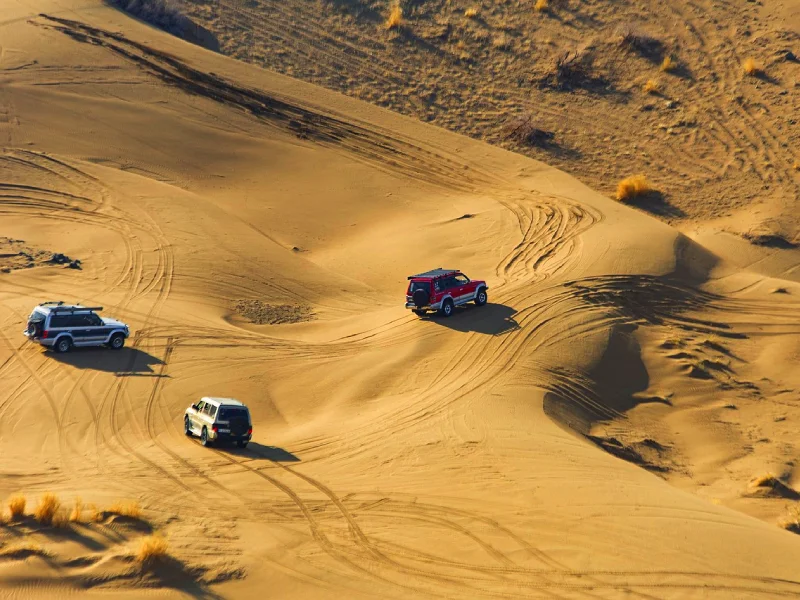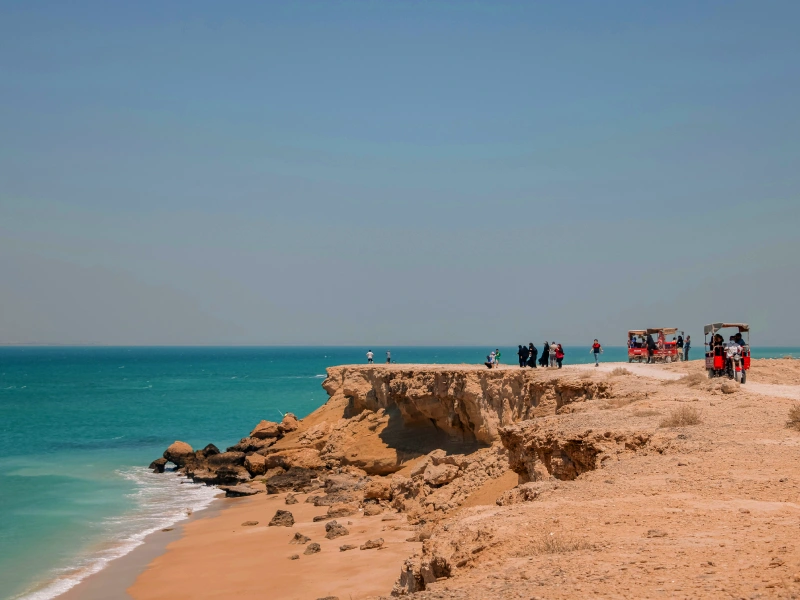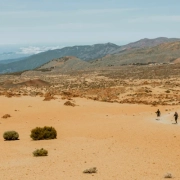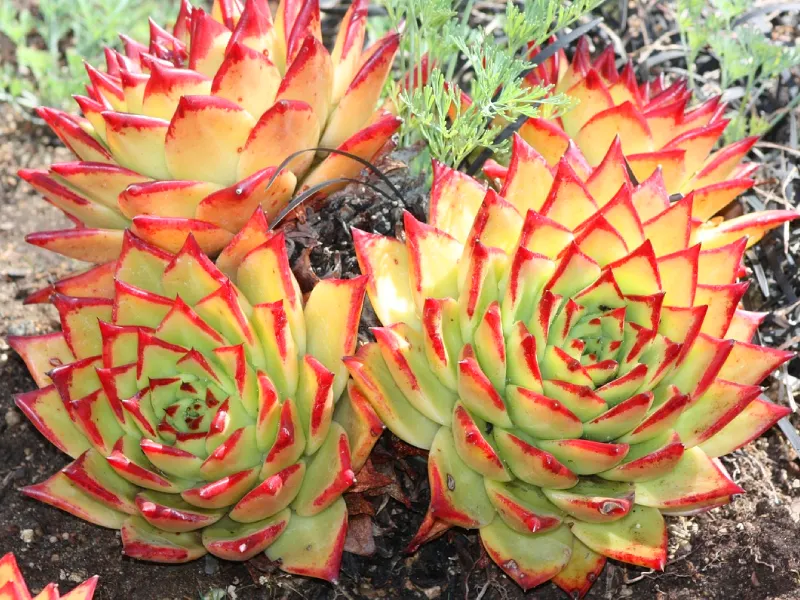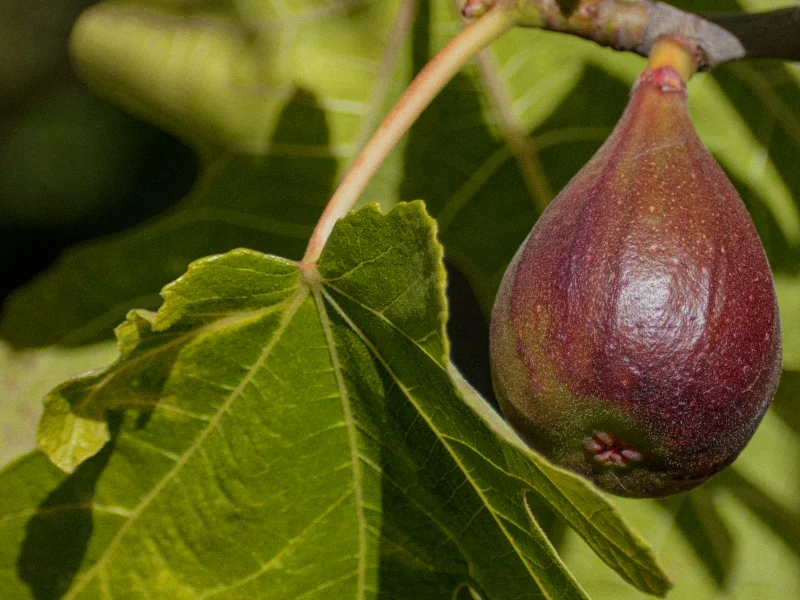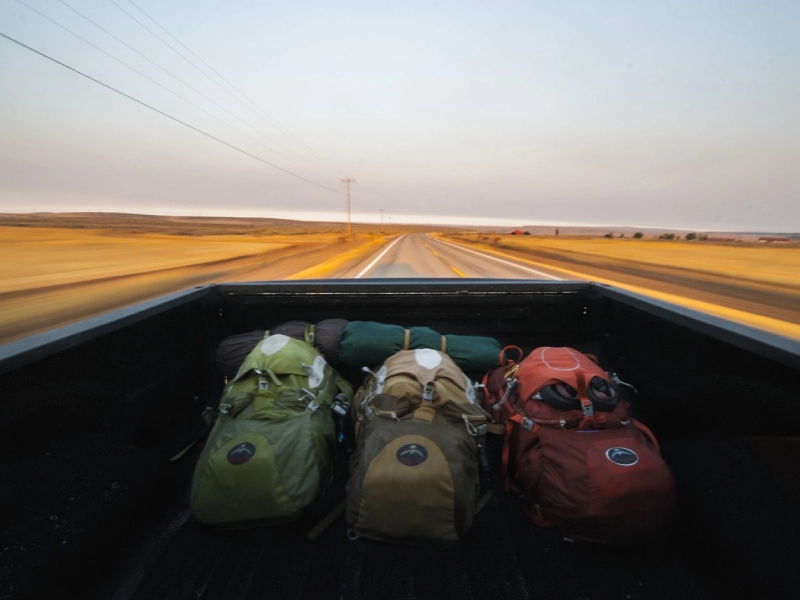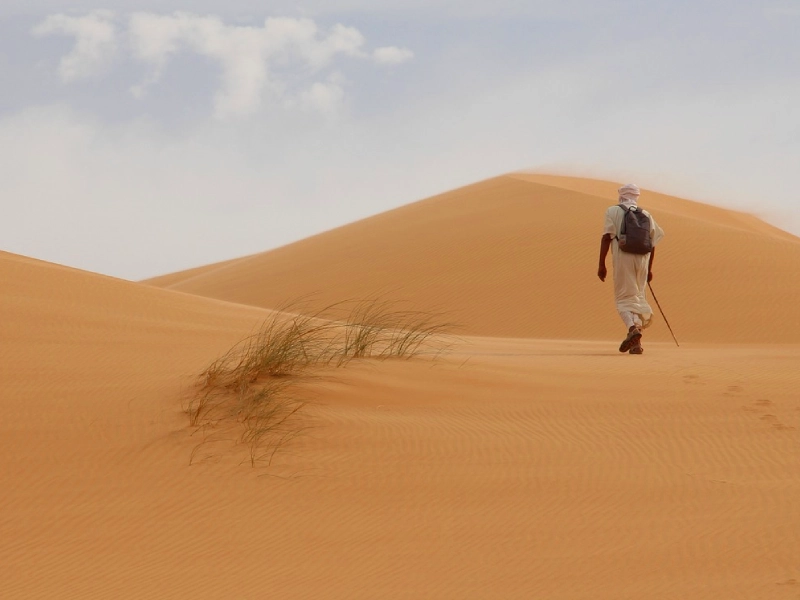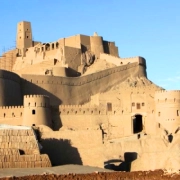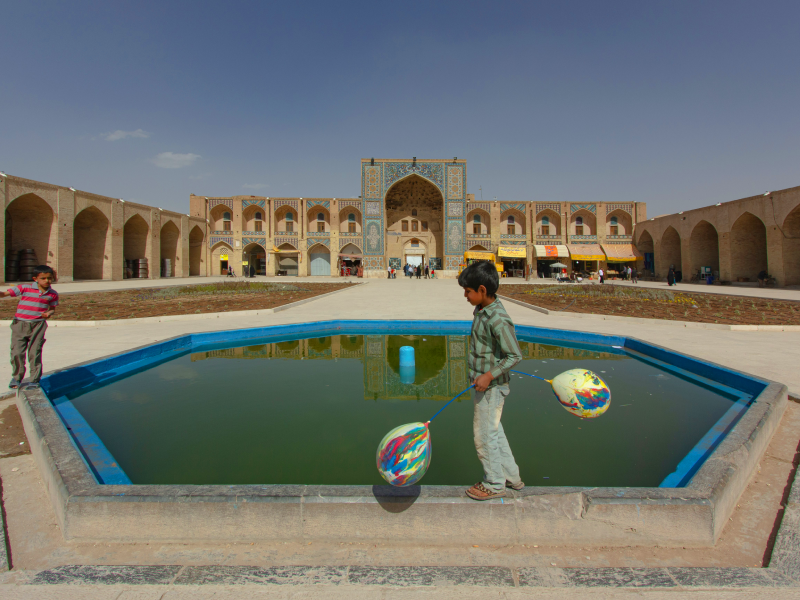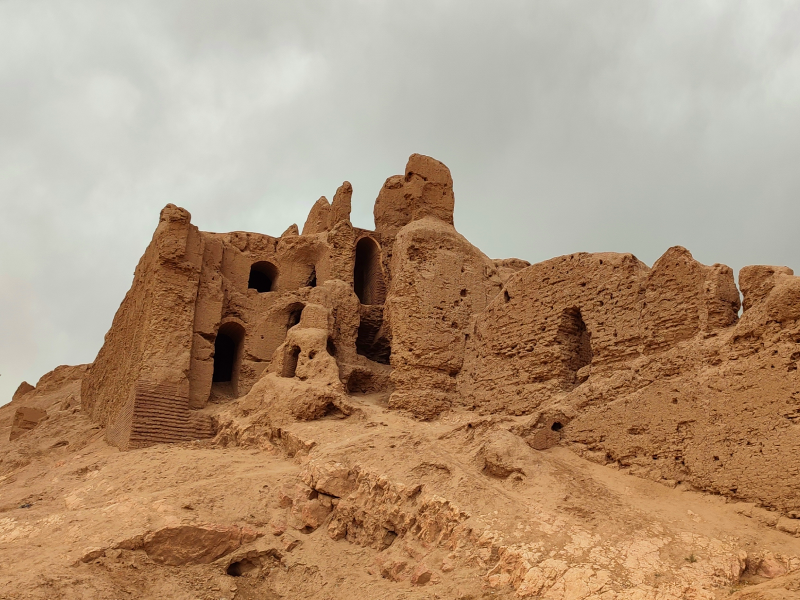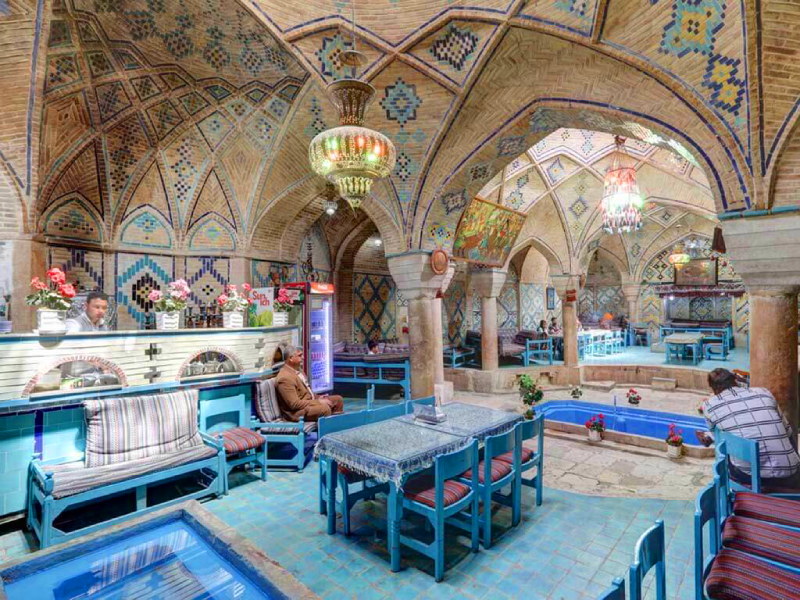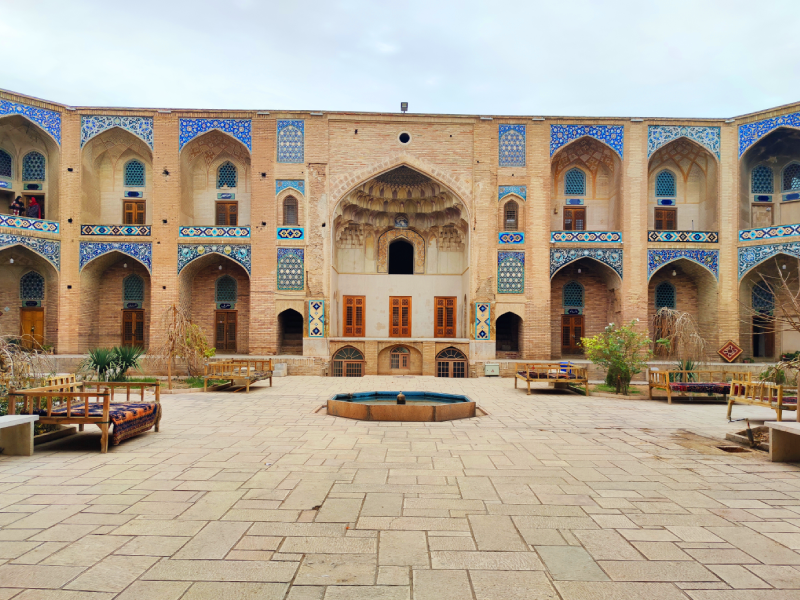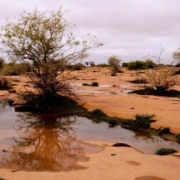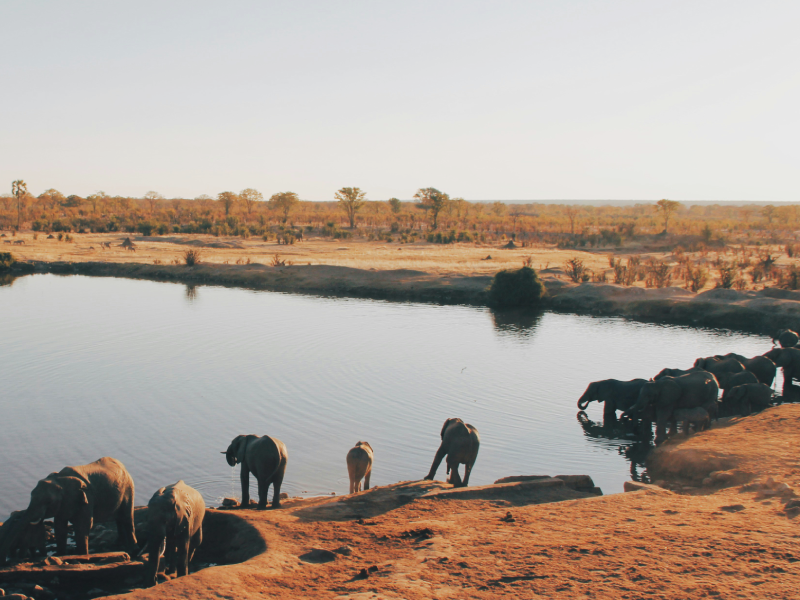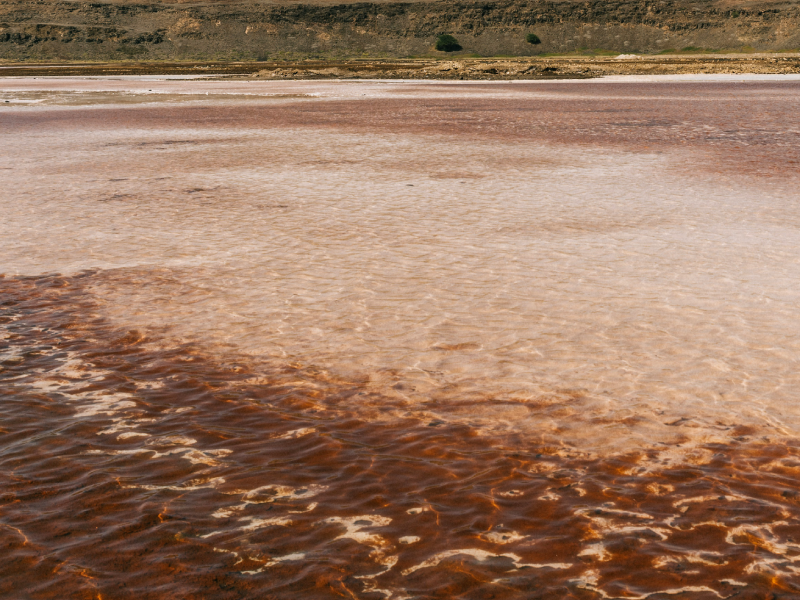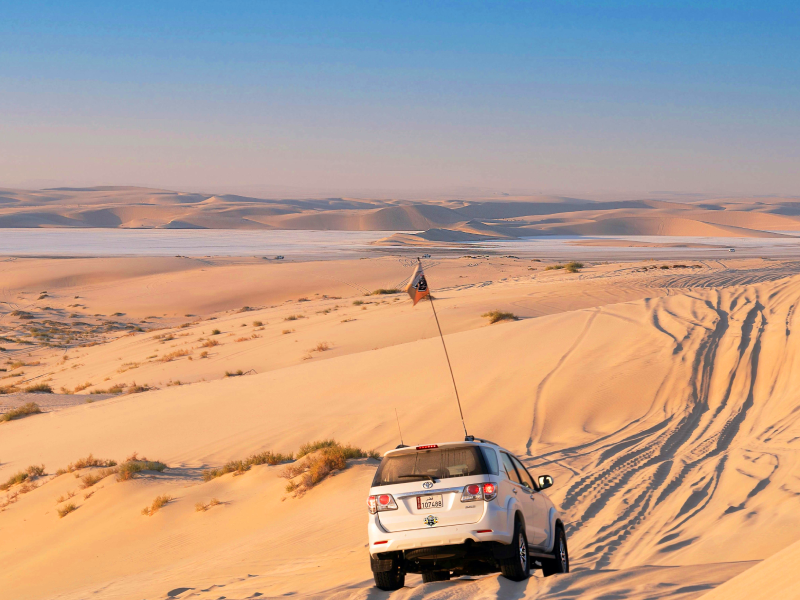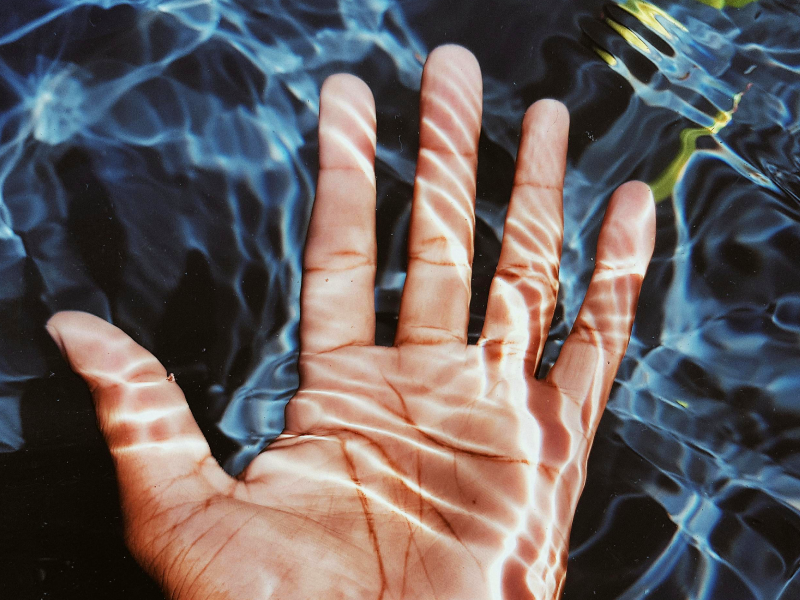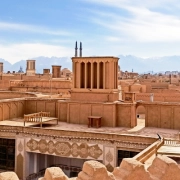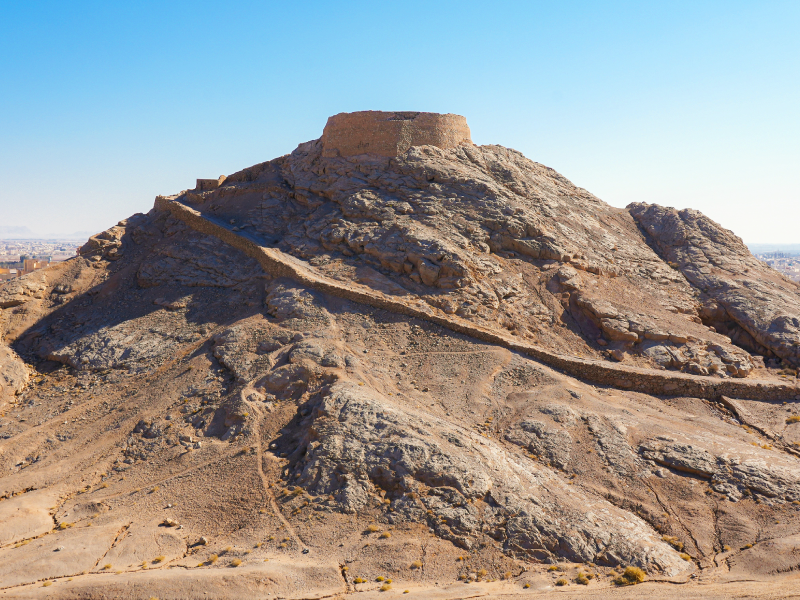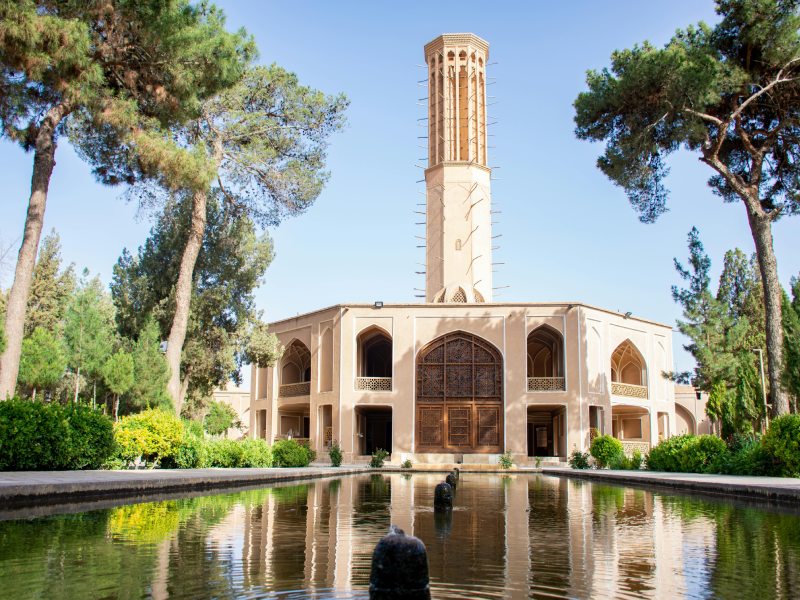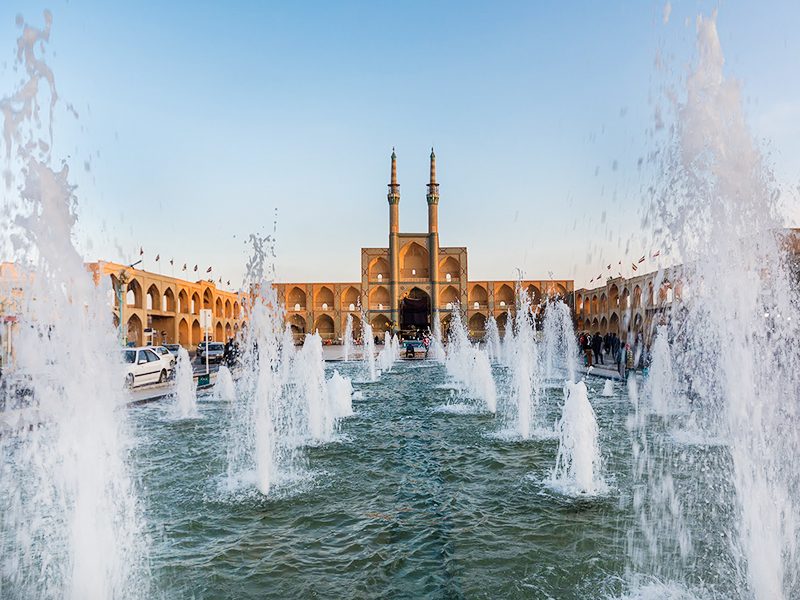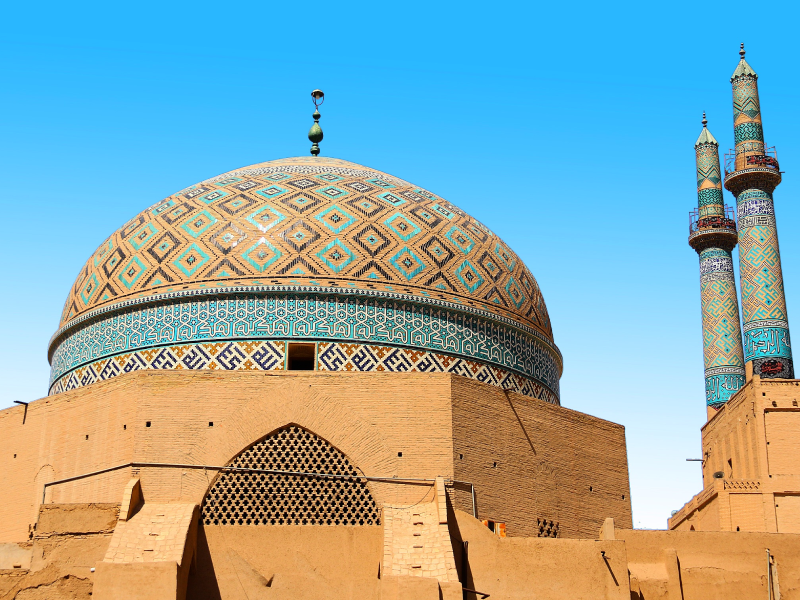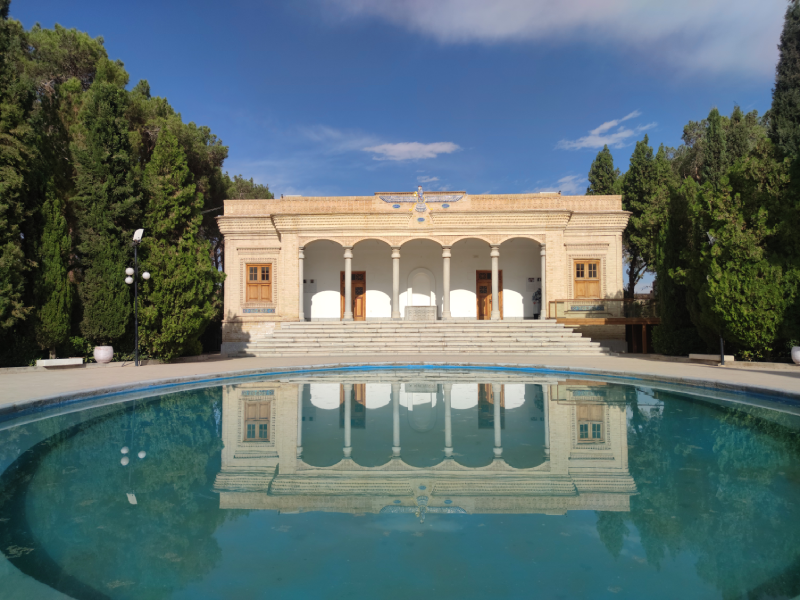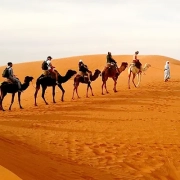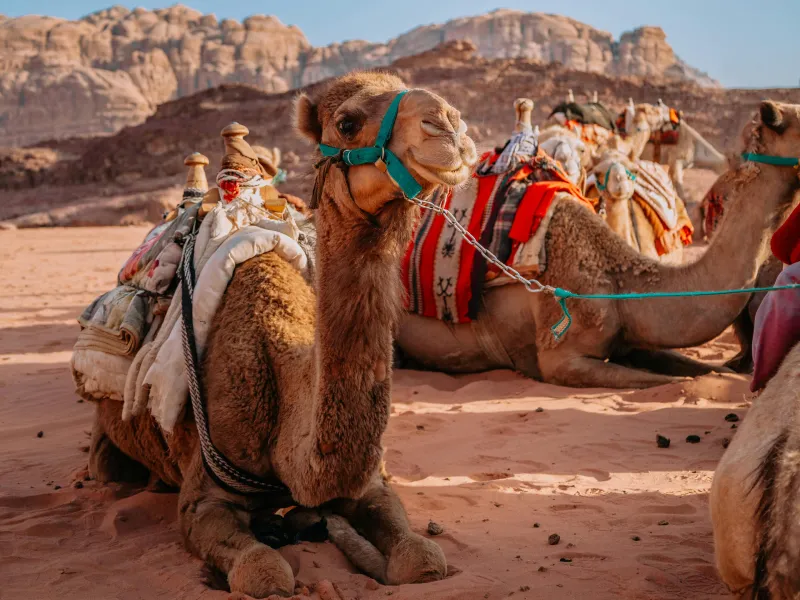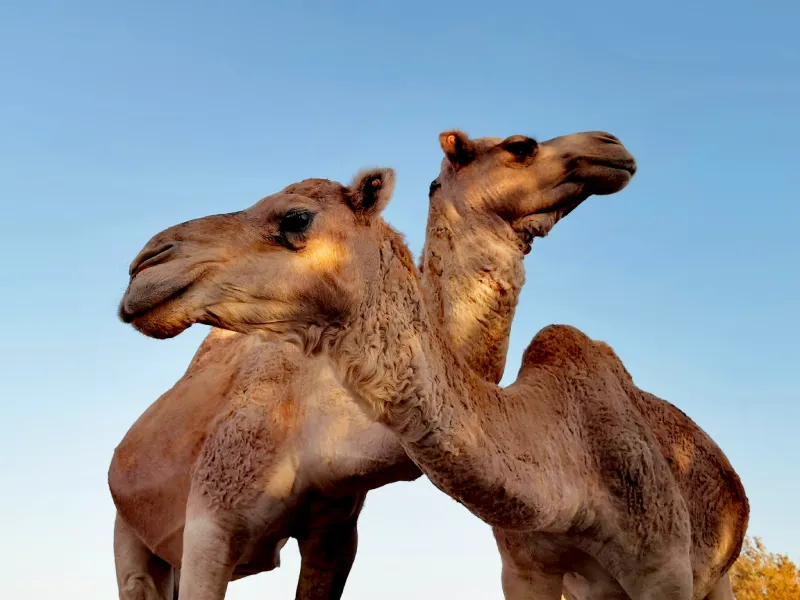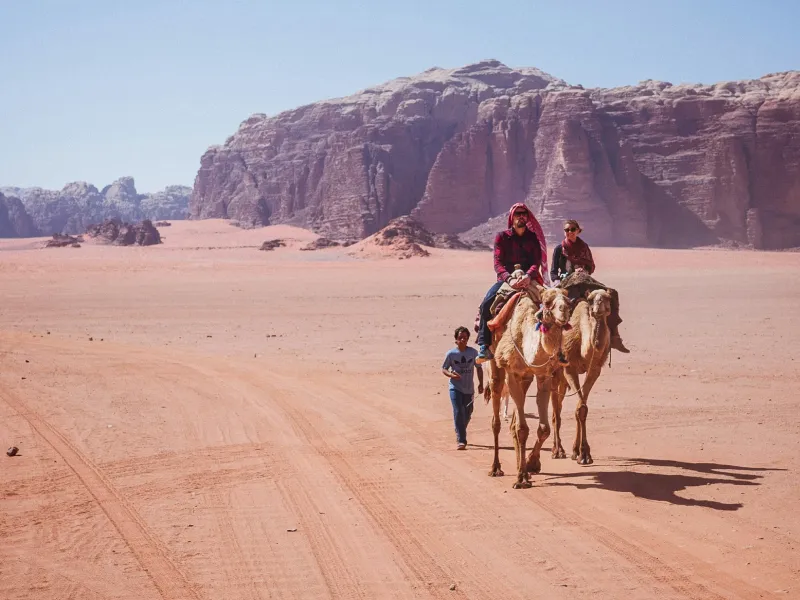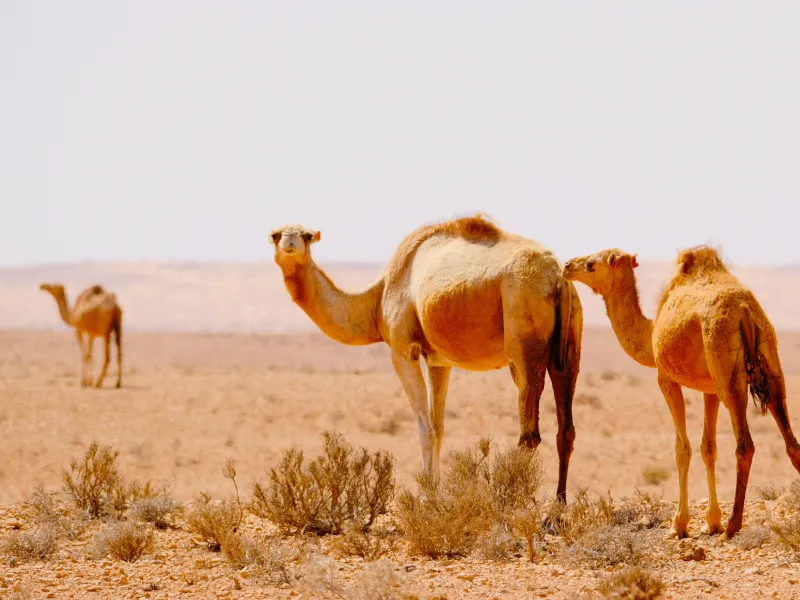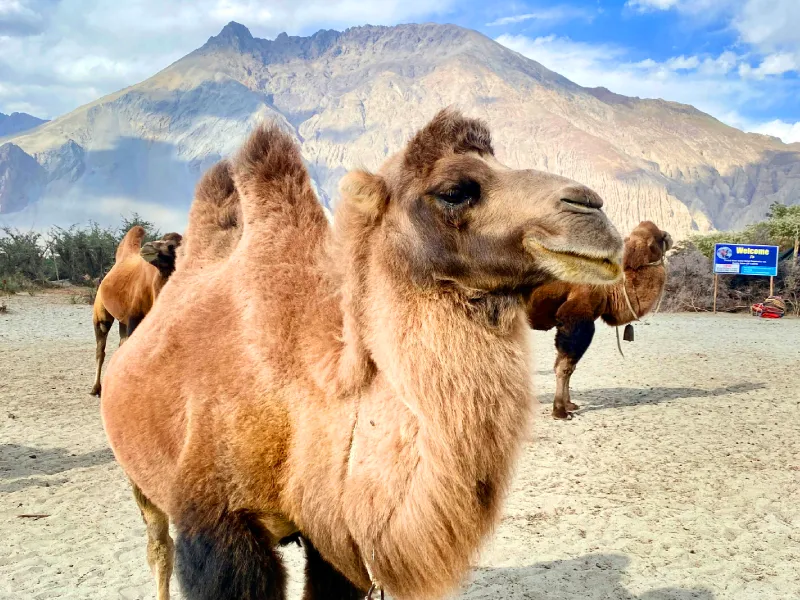Top 10 Iran Resorts Best for Accommodation
If you are a traveler and visit many places for a trip, you have heard about resorts—another kind of hotel that offers a different level of joy and experience. Resorts are often known for their fun plans, luxurious amenities, and real-like experiences that are unique and must-try for all travelers and tourists. In this article, we will go over some of the best resorts in Iran you can visit and try.
The Best Iran Resorts
Iran is one of the best destinations to travel, with numerous fascinating spots, each offering a unique perspective of Iran. This glorious country is filled with historical landmarks, natural attractions, and beautiful mountains, creating a picturesque scene in each part of its region.
Due to the high potential of Iran’s natural landmarks and attractions, finding resorts and eco-camps is not an easy job. There are various tour companies and resorts that invite visitors to a next-level experience. These resorts, located in different parts of the country, are ideal for adventure-seekers and enthusiasts. So, we should take a lot of consideration before choosing the Best Iran Resorts.
Why Resorts Provide the Best Experience?
Resorts are the first option for many travelers and tourists who want to explore new places and locations. Resorts offer a range of experiences, from multiple dining options to spas and recreational activities also related to the cultural background of a specific location.
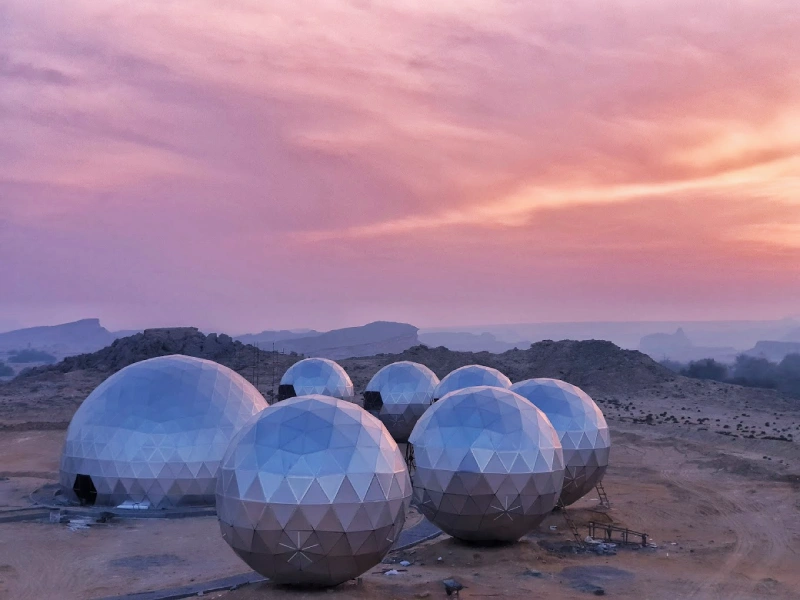
An interesting thing about resorts is that many of them include a picturesque setting such as beaches, mountains, jungles, or even deserts, providing a more authentic experience for those who want to be adventurous and connected to their surrounding nature. For these reasons, many tourists and travelers believe that resorts are better options compared to giant hotels.
Hotel or Resort?
Both resorts and hotels are popular among travelers. Of course, there are slight differences when it comes to comparing both of them. For example, the types of accommodation and features of a resort or hotel are significantly different compared to one another.
A hotel may offer features and services such as dining options with more charges in the fee, while on the other hand, a resort is a private facility that caters to all needs of a traveler, such as dining options, recreational activities, or commuting. To sum up, resorts and hotels may sound the same, but they are different in many terms.
Types of Resorts
There are different types of resorts that one can choose from, and all of them provide a different experience due to their location, cultural significance, or other features. Beach resorts, mountain resorts, luxurious resorts, ecological resorts, family resorts, jungle resorts, and desert resorts are some of the types of resorts that are well-known among the community of travelers.
For example, Matinabad Eco Camp Resort, which is one of the well-known eco camps in Iran, is a desert resort that invites its guests to a unique desert experience inside the country of Iran.
Resorts Hobbies & Activities
The best part about choosing a resort over a hotel is its hobbies and activities. Many resorts, especially in Iran, host organized activities and excursions that can be joyful or lovely for guests. These experiences can help them to engage more with their environment and surroundings, leading to the creation of lasting memories with their loved ones.
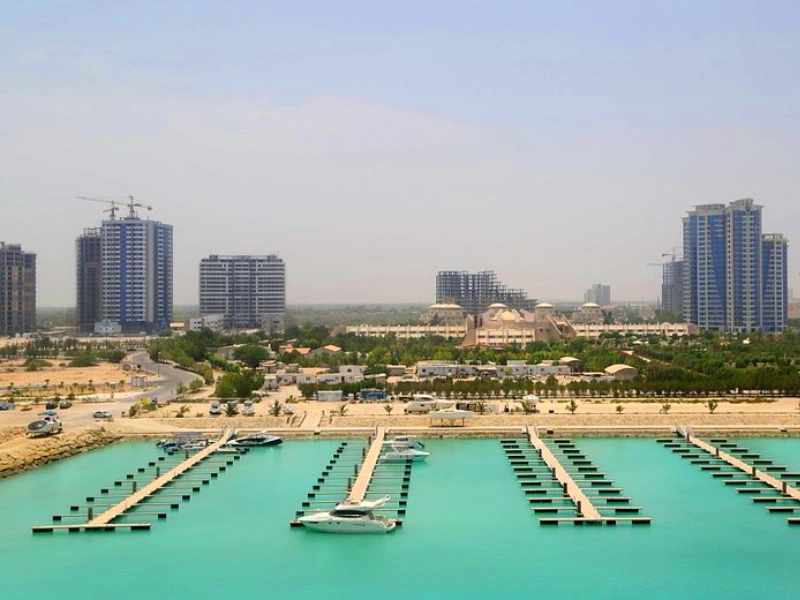
Moreover, these activities and events foster a sense of belonging to a community that can level up their social behaviors and enhance their overall enjoyment of the stay or trip. This is why many people choose to plan their trips with famous resorts such as Matinabad Eco Camp, Marina Hotel Kish, Jezero Camp, etc.
Location of Resorts
One of the important things that make a resort an actual one is its location. The great location of a resort is the main reason that many people choose them. Most of the resorts are situated in picturesque settings and beautiful environments, making them a fabulous choice to experience.
The unique surroundings of a resort can make your trip joyful and even offer you a type of relaxation for your soul. This immersion of resorts with the nature of a destination can also lead to beautiful moments that are ideal for tourists to appreciate and enjoy more of their trip.
Dizin Ski Resort
The first option in our list of the Best Iran Resorts is Dizin Ski Resort. One of the famous and well-known ski destinations that you can visit at any time of the year, especially in colder seasons. Dizin Ski Resort is very popular and is the most suggested one if you are in the mood for a ski.
This resort is situated in the northwest of Tehran and is approximately 2 hours away from the city itself in a mountainous and lovely setting. Dizin Ski Resort not only offers activities and different entertainment options but also includes hostels and hotels that you can choose to accommodate.
Matinabad Eco-Camp
The second option and the most popular one among desert tours is Matinabad Eco camp. Offering a truly beautiful experience and a unique desert exploration in the center of Iran, this resort invites its guests to a premium adventure. Matinabad is known for its eco-tourism and is a well-praised resort for its events.
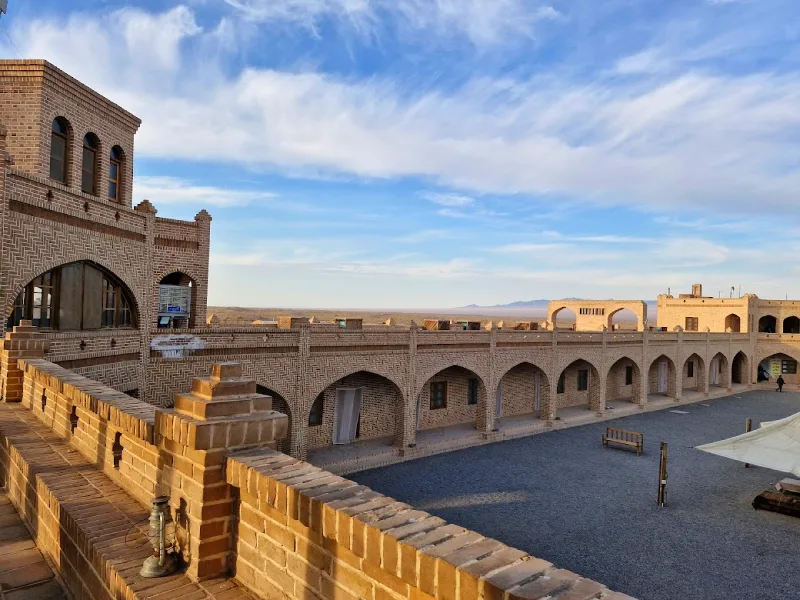
The establishment of this resort dates back to 2008 when a group of friends who were also an expert in the tourism industry aimed to create something different and unique. Matinabad Resort and eco camp provide an experience close to nature.
There are countless opportunities provided in the events of Matinabad Eco-Camp, such as camel riding, camping in the desert to watch the beautiful night sky, or riding bikes and offroad cars in the beautiful valleys and dunes of Iran. Matinabad Eco Camp is situated near Kashan, one of the historical locations of Iran.
Jezero Camp
Jezero Camp is another innovative resort with a remarkable design situated in the south of Iran, Qeshm Island. Jezero Resort is located on the beautiful beaches of Qeshm Island, which features a nice and quiet atmosphere, perfect for those who want to experience peace and beauty together.
Hotel Jezero is popular for its innovative atmosphere and is called the Martian destination of Qeshm Island. This resort has it all when it comes to its services and amenities. From air conditioning systems and nice furniture to traditional dishes, Jezero Camp has included everything in itself. Also, this place becomes even more fun with different events and recreational activities.
Toranj Marine Hotel
Toranj Marine Hotel, situated on Kish Island, is a top hotel in Iran. Toranj Marine Hotel is a two-phase complex. The first phase is a hotel on water, shaped like a paisley. The second phase of Toranj Marine Complex is a beach hotel with coffee shops, restaurants, and panoramic views of the Persian Gulf.
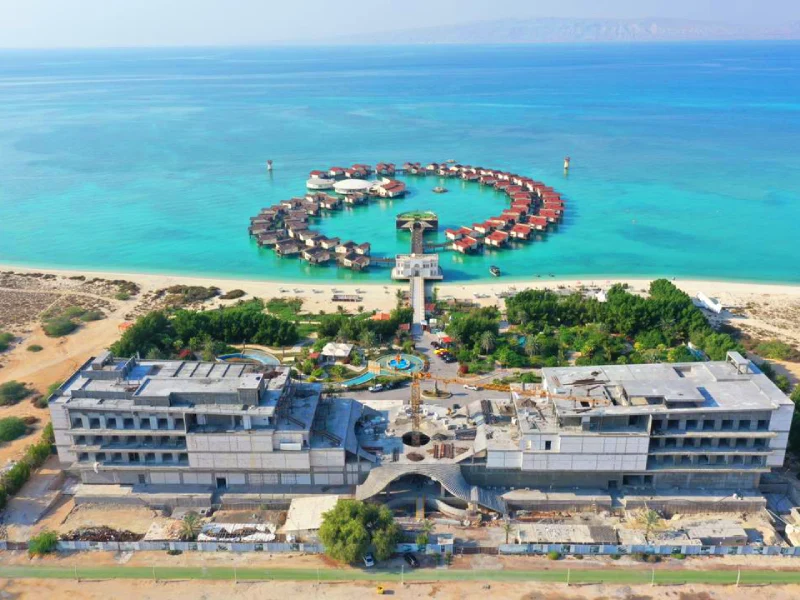
Toranj Marine Hotel features a variety of amenities and is one of the largest hotels on Kish Island. This hotel also offers events and recreational activities for families and tourists who want to explore Kish Island and its beauties.
Marina Hotel Kish
Another famous and big resort on Kish Island is the Marina Hotel Kish, also known as Marina Park Hotel, which is also one of the top destinations that many tourists choose to go to. Marina Hotel Kish invites its visitors to a luxurious resort while enjoying the amenities and features provided.
Rental cars, different stores, restaurants, spa centers, and other activities and events are included in the accommodation options of the hotel, making it a top destination to go to. You can try the best Persian dishes and engage with the local community of Kish Island while staying at Marina Hotel Kish.
Dikako Eco Camp
Dikako Eco Camp is a resort based in Tabas City that uses the idea of mobile homes and services. Dikako eco-camp tends to explore the nomadic life of Iranian people in past eras by going on adventurous trips inside tranquil and peaceful deserts.
The mobile tents and features with tourism experts are key highlights of this resort. The lovely and safe atmosphere of the Dikako Eco Camp easily brings joy and relaxation to the mind and soul. So, this resort is another good option among desert resorts that you can try out, especially if you are visiting the ancient city of Tabas.
Lut Star Resort
Do you want to experience luxury and elegance? Lut Star Resort, a luxurious resort located in Kerman, is a gem, inviting visitors from all around the world to a picturesque and tranquil environment. With its lovely homes and must-see surroundings, Lut Star Resort remains one of the best eco camps that can easily combine nature with modern amenities.
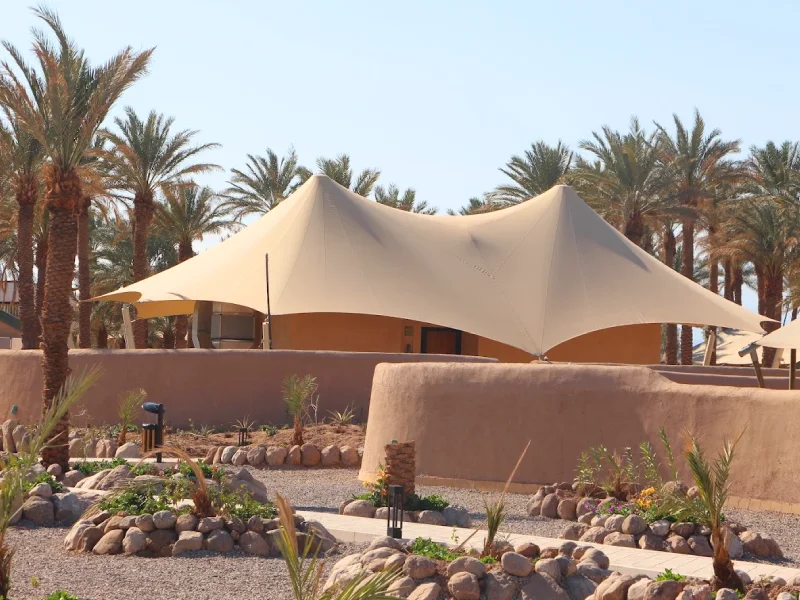
Biking, camel riding, safari explorations, and other adventures are also a part of the events that this resort provides for its guests to have an authentic and meaningful experience on their trip to the city of Kerman.
Damavand Eco Camp
Damavand Eco Camp is a prominent professional complex that ascends from Mount Damavand and invites its visitors to some of the most special services you can try in the city. This resort offers many tours that are designed for professional and amateur hikers, consisting of two camping lodges (Base Camp and Advanced Camp).
This resort and eco camp aims to create an environment for everyone who wants to climb Mount Damavand and provides amazing services for its target audience. If you want to use the climbing and resort services of Damavand Eco Camp, be sure that you are in the right place to do so.
Dorna Eco Camp
A city that is quite popular among locals is Meshkin Shahr, a green and remarkable area situated in the Sabalan Range that creates an optimal chance to appreciate the beauties of our environment. Dorna Eco Camp, based in this location, is a great resort that showcases the great beauty of this area while diving into different experiences in the historical and stunning ranges of the Sabalan.
A caravanserai and well-designed rooms, with a range of entertainment options and necessary features, are some of the things that you can enjoy while staying in this beautiful mountainous area.
Gileboom Ecolodge
Nicknamed the green accommodation of Ramsar, Gileboom Ecolodge & Resort is the true reflection of the Northern parts of Iran. Situated in the west of Ramsar City, Gileboom Resort, with its fabulous and unique green environment, has gained recognition as the green accommodation in Iran.
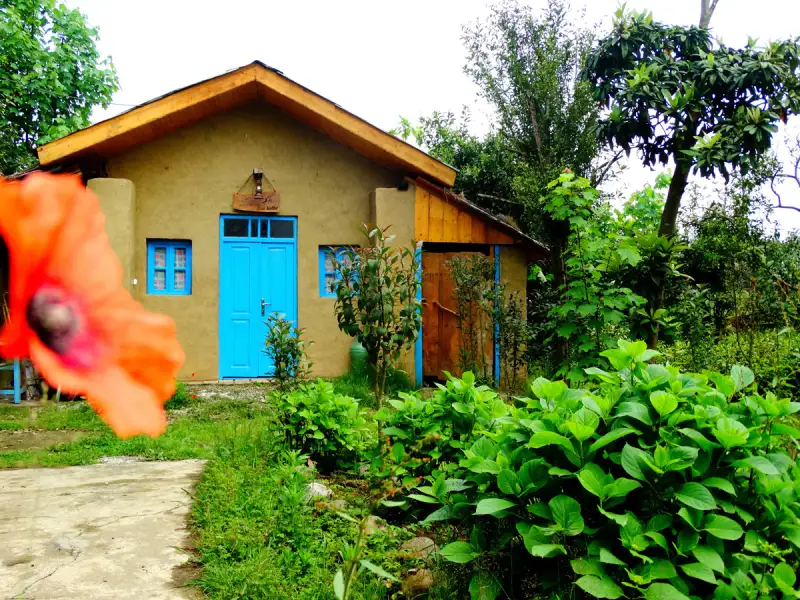
Trying out traditional Persian dishes, most of which belong to the Northern part of Iran, while engaging in the local community of the resort will give you a great insight into the culture of Northern people in Iran. Gileboom Resort & Ecolodge is a great mixture of traditional ways of living and nature.
Our Recommendation
As we mentioned in this article, there are plenty of resorts and eco camps in Iran that you can choose to experience and get the best out of your trip. One of the most popular and best experiences in Iran is provided by Matinabad Eco Camo, a desert resort where you can try different kinds of activities.
Whether you love deserts or you haven’t been in one of them in your life, Matinabad Resort can offer you the best experience in the surreal desert location, where you can appreciate the beauties of the earth and enjoy the cultural stories of the places by staying at tents, hearing the history of ancient people in Iran.
Not to forget, Matinabad Eco Camp is one of the best eco-tourism resorts that is praised for its organic production of foods and organic farms.
Lastly
Staying at a resort is a combination of beautiful moments, luxurious amenities, and a stunning environment where you can dive deeply into the culture of that specific destination, making it an ideal choice for anyone who wants to get the best out of their trip. Overall, if you are hesitating to try a resort, make sure to check out our recommendations, such as Matinabad Eco Camp, Toranj Hotel Kish, and others.
Are you planning to travel to Iran and looking for an Iran resort? Consider Matinabad Eco-resort.
